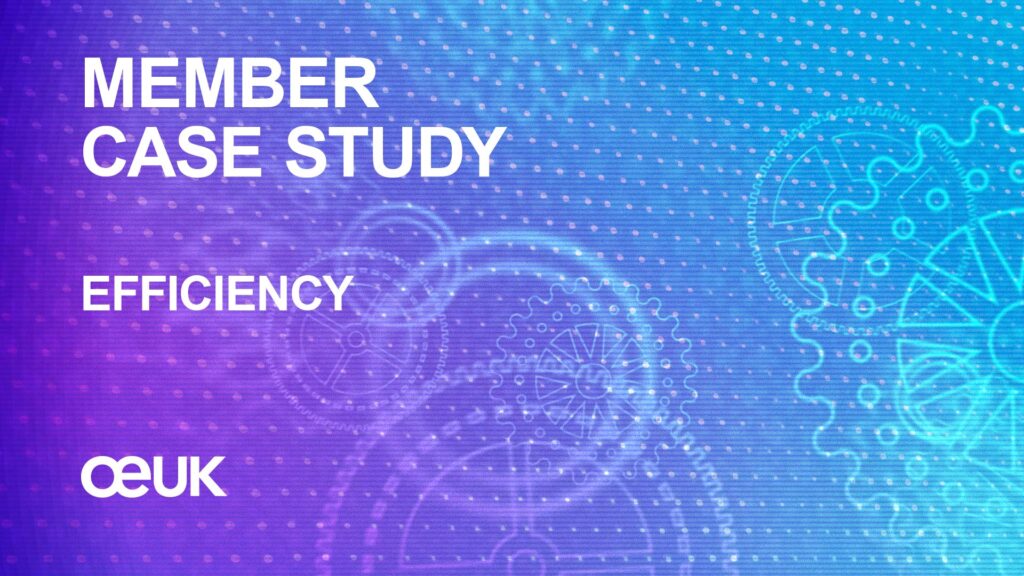Impact
Success requires a clear time bound goal, with the right resources to support the campaign and visible leadership commitment from the management team. With this in place, the teams “at the coal face”, who could see where inefficiencies and opportunities for lower costs were, took ownership of the campaign and were critical to its success, with ideas ranging in savings from hundreds of pounds to more than £4million. These ideas identified £105.5million of bankable savings in 100 days. Work continues on evaluating the remaining ideas, in total the teams submitted more than 1450 ideas with total potential savings of £266million. The campaign has not stopped there, the mind-set of cost-saving and looking at things differently to find efficiencies is now embedded within Centrica’s culture across its E&P business in the UK and the Netherlands. The teams are also now looking beyond our own industry to find appropriate cost saving ideas in other industries that we can apply at home.
The approach we took for 100 in 100 has also led to a long-term change in culture, with the campaign now moving into the Beyond 100 phase and cost savings still being banked and identified.
Description of Best Practice
Gas prices started dropping in 2014, in response to that reduction in revenue, we identified that a wide-ranging internal cost efficiency campaign was needed. However, instead of taking a red pen to the budget, we recognised that our people are our most important asset and had the greatest experience and knowledge of where savings and efficiencies could be found.
Using a shared vision and a bottom-up approach, we created the 100 In 100 campaign – a drive to identify £100million of savings across our UK and Dutch operations in 100 days. All 750 people across four different locations were empowered to contribute ideas, and solutions came from across the organisation. A task force was created to capture and evaluate the ideas, track them and feedback weekly to the organisation. Ideas submitted were not just cost savings in the supply chain – they also looked at how we operate as a company, our approach to key developments and efficiency savings we could make within our own organisation. Teams were encouraged to look beyond their own part of the business and look at other areas with a fresh pair of eyes.
Traditional cost-cutting campaigns in the industry have focused on top-down targets only, with teams being told what to do and where to make savings. This makes it hard to get buy-in from the organisation and isn’t sustainable. This alternative approach engages a complete workforce, it shows that a bottom-up, honest approach to tough decisions is possible in the industry and that the teams delivering the work are the best source of ideas for improvements. It requires visible leadership and appropriate resourcing with a clear goal and boundaries. It was critical to ensure that the teams knew there were no “sacred cows”, and that all ideas would be considered.
Contact: Ross Davidson
Share this article

